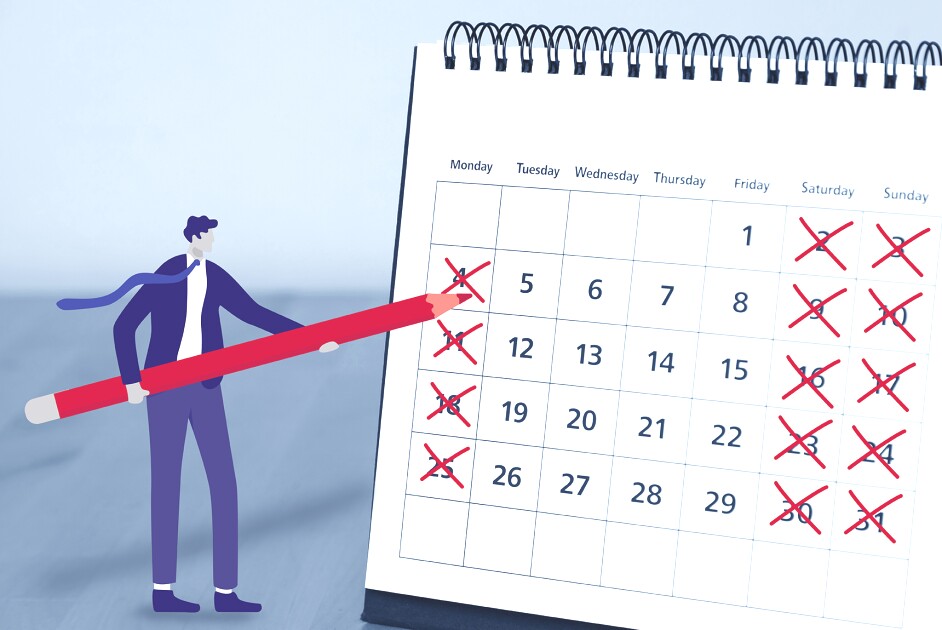How do I decrease student suspensions?
Imagine you are a child. While you’re watching TV, you see a show where a child who looks like you is mistreated. You’re confused and wonder if you’ll be treated like that one day? The lack of control you’d have leaves you anxious.
At a family reunion, an older cousin tells how he was suspended at school. He was tired after a late shift at work, and a teacher called him out for not paying attention, even when someone else was literally sleeping. He felt attacked and yelled, “Leave me alone!” The teacher sent him to the principal’s office, which resulted in a suspension. You think, will you be called out at school, too? Is it just a matter of time before you get kicked out?
Now imagine you are a teacher. You have five classes and you are expected to successfully teach individual lessons and overall concepts. As the semester progresses, your students seem to get more and more antsy, and it’s increasingly difficult to complete a single lesson plan. Will you be able to provide your students with a sound education? Will you be able to reach the standards the school boards, principals, and parents have for you—or that you have for yourself?
One day, you’re exhausted and hoping to just get through your final lesson without any disruptions, but sure enough, a student keeps walking around the classroom. This student has distracted the class before. It feels like this particular student is a troublemaker and will continue to affect your control over the class. What are you supposed to do when you have two dozen other students’ education to worry about? You send him to the principal’s office so that they can figure out what to do. It turns out, the student was suspended for three days.
These situations play out all too often in K-12 schooling. They’re tragic, for both students and teachers. Getting suspended can shape a child’s opportunities, both immediately and in the long term. Further, some students (e.g., Black students, students with disabilities) are more likely to be viewed as troublemakers when they misbehave. And low-quality relationships with students are a common reason that teachers feel dissatisfied and want to leave the profession.
Now imagine you are a superintendent. The community is upset and demands improvement. You also know that there’s a teacher shortage, and the teachers’ union resists any more training that seems to blame them for discipline problems. What can you do?
Recent research has uncovered a relatively simple way to protect both teachers and students: A 30-minute online exercise in which teachers focus on and articulate the kind of empathic partner they want to be for their students can reduce suspension rates and mitigate disparities for years.
In this study, participants read articles and stories about the opportunity to understand students’ perspectives and maintain positive teacher-student relationships, especially when conflict or misbehavior arises. They then shared their own advice for future teachers about maintaining strong relationships with students.
What happened? Middle school students whose teacher completed that exercise were less likely to get suspended over the course of the school year. Moreover, the largest reduction was for the kids who were most at risk of getting suspended (Black and Hispanic students, students who’d been suspended before, and students with disabilities), cutting the racial disparity in suspensions by 45 percent. The benefits even extended to the next year, when kids interacted with new teachers. Having just one teacher take an empathic stance created a better environment for students.
When students misbehave, they aren’t necessarily a “problem kid.” Rather, circumstantial factors such as biological reasons (e.g., puberty), social reasons (e.g., social development), or psychological reasons (e.g., worries about fair treatment or belonging) can come up. Then it’s the job of all adults, educators, parents, and others, to treat the child with empathy and understanding and help them grow.
Parents send to school the very best version of their child that they can. To a parent, that child is the light of their life. It helps all of us to remember this, especially in the heat of the moment. And it helps to ask questions. We can ask a child, “What happened?” and really mean it and listen well.
That does not mean canceling all discipline. It means empathic discipline, discipline with understanding, discipline that maintains relationships, discipline that helps kids grow. Or as one teacher reported in the empathy exercise: “I greet all my kids at the door with a smile. At the beginning of the year, I ensure to let them know that every day is a new day and I will always be in school and won’t give up on them.”
When teachers better understand their students, they are better equipped to reach the goals they set when they joined the profession: to help children learn and grow, with special attention for those who might not otherwise receive or recognize care. Often, the first thing a student wants to know is if their teacher cares. When the answer is yes, they care, too.
To find out how to bring empathy work to your schools, visit empathicinstruction.org.








